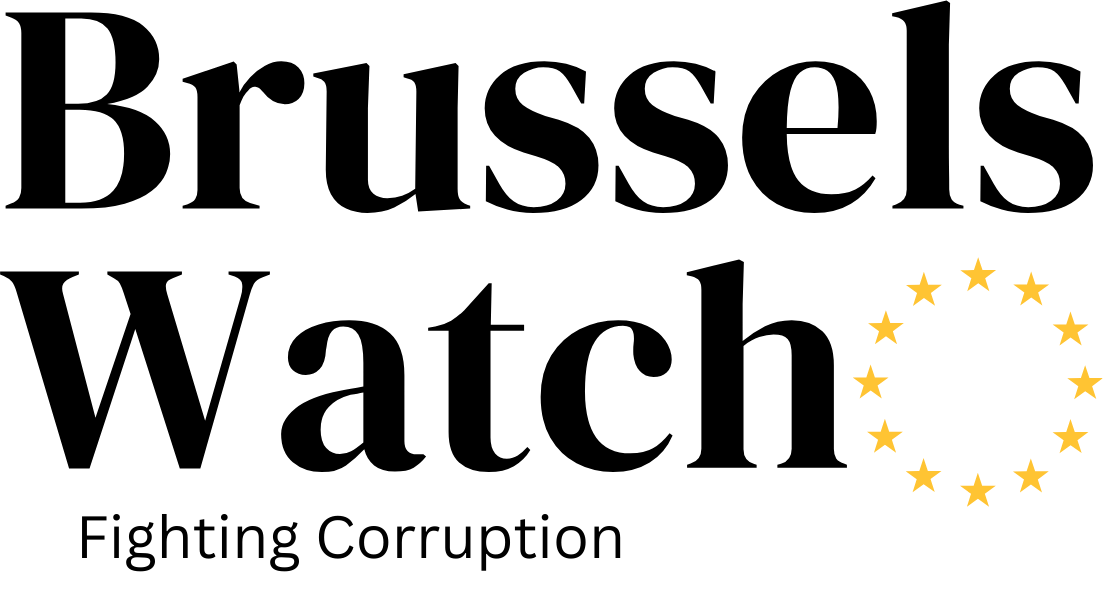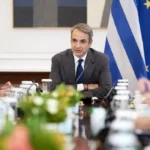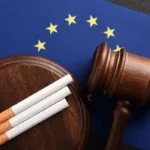After Japan in 2023, it is Italy’s turn to welcome the G7 member countries from this Thursday 13th until Saturday 15th June. This discussion group set up in 1975 meets every year to discuss major global issues such as security, the environment, digital technology and health.
A busy agenda, six working sessions on the programme. From Thursday 13th to Saturday 15th June, the heads of state and government will travel to Puglia (Italy) as part of the G7. Their aim? “to show their firm determination to defend the international order based on the rule of law and to strengthen their relations with developing countries”. This is why the Russian-Ukrainian and Israeli-Palestinian conflicts, migration, climate change and the situation in Africa will be the subject of working sessions.
After 49 years of existence, the G7 summit still intends to address global issues such as “peace and security, the fight against terrorism, development, education, global health, the environment and climate change, gender equality, and digital technology”.
In November 1975, shortly after the first oil shock, Valérie Giscard d’Estaing decided to bring together the leaders of six countries (France, Germany, the United Kingdom, the United States, Italy and Japan). A year later, the G6 became the G7 with the integration of Canada and a representative from the European Union. It should be noted that this summit was not created by a treaty and was initially founded in an informal dialogue framework.
FROM G7 TO G8, FROM G8 TO G7
In 1998, Russia had joined the ranks of this restricted circle, but was excluded in 2014 during the invasion of Crimea. “Europe and the United States are united in supporting the government and the people of Ukraine. United in making Russia pay for what it has undertaken so far,” declared Barack Obama, President of the United States at the time.
Under the German presidency in 2022, the G7 had largely focused its discussions on the Russian attack in Ukraine and its economic consequences. The member countries had also committed to supporting the country financially and humanitarianly, providing 23.9 billion USD in aid.
Today, the event brings together countries considered to be the most powerful economies in the world. According to figures from the website diplomatie.gouv, these nations represent 10% of the world’s population and 46% of the gross international product (GDP).
This article is originally published on cnews.fr






